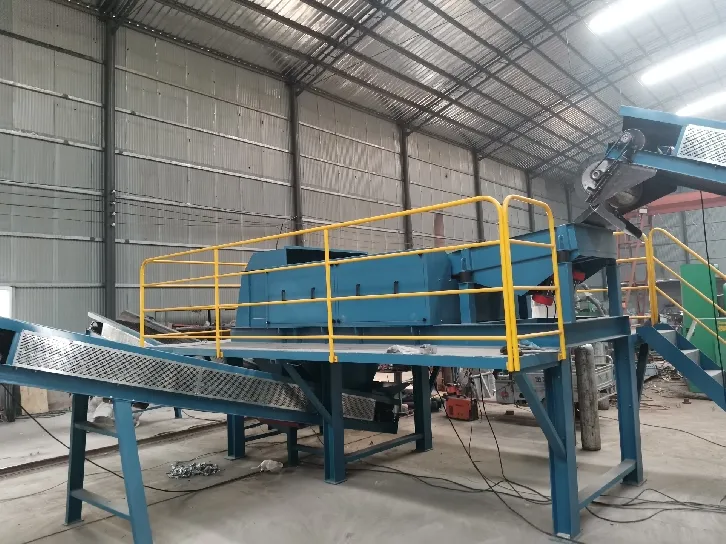Hammer mills are integral to many industrial processes where size reduction is required. Understanding the principles of hammer mills can enhance their effectiveness in applications ranging from agriculture to pharmaceuticals. Here, we delve into these principles with an expert perspective, rooted in experience and authority.

The hammer mill operates on a principle involving impact force. This equipment consists of a rotor on which steel hammers are mounted. When the rotor spins, these hammers strike material fed into the mill, breaking it into smaller pieces. The size achieved can be controlled by adjusting the spacing of the hammers, the rotation speed, and the screen size associated with the mill.
This mechanical process is reliant on several factors that ensure efficiency and effectiveness. Firstly, the hammer configuration is crucial. The orientation and sharpness of the hammers influence the material size and shape post-processing. Sharp, angled hammers can ensure that materials are finely ground and consistent in shape, important for industries like pharmaceuticals where precision is key.

The material's characteristics also play a central role. Hardness, moisture content, and structure determine the ease of processing. For example, fibrous materials require more energy to process and may necessitate a specific hammer design to prevent clogging and ensure smooth operation. Experienced operators understand these subtleties, selecting configurations and operational settings that match the material's properties.
Rotational speed is another critical principle of hammer mill operation. Speed controls impact frequency. High-speed rotations increase the contact instances per minute, resulting in finer particles. However, excessive speed may lead to excessive heat, energy wastage, and may damage heat-sensitive materials. Expertise in the field teaches operators to find a balance that maximizes efficiency while protecting the integrity of both the mill and the product.
what is the principle of hammer mill
Air flow is another principle that cannot be overlooked. Proper ventilation ensures that processed materials are cooled and do not build up within the mill, which can affect function and output size consistency. Industries that deal with materials prone to heat damage pay special attention to air-flow mechanisms—using techniques like forced ventilation to maintain product quality.
Maintenance and wear play into the operation and longevity of hammer mills. Regular maintenance, such as checking wear on the hammers and screens, ensures optimal function. Hammers that wear down over time need regular inspection and sometimes replacement to maintain output quality and size consistency. Experience shows that predictive maintenance practices can significantly extend the life of the machine and prevent unexpected downtimes.
Trustworthiness in hammer mill operation also concerns the materials used in construction. Using high-quality, durable materials for components like the rotor and hammers ensures that the machine withstands rigorous use without efficiency losses. Modern hammer mills often incorporate sophisticated materials that resist wear and heat degradation better than outdated models.
In conclusion, the principle of hammer mills is grounded in a combination of impact force, material characteristics, rotational dynamics, air-flow management, and rigorous maintenance. Expertise and experience show that these principles go hand-in-hand with operational settings tailored to specific use cases to produce reliable, efficient, and high-quality outputs. Understanding these dynamics comprehensively ensures that operators can maximize efficiency and minimize waste, underscoring the utility of hammer mills across diverse industrial landscapes.


